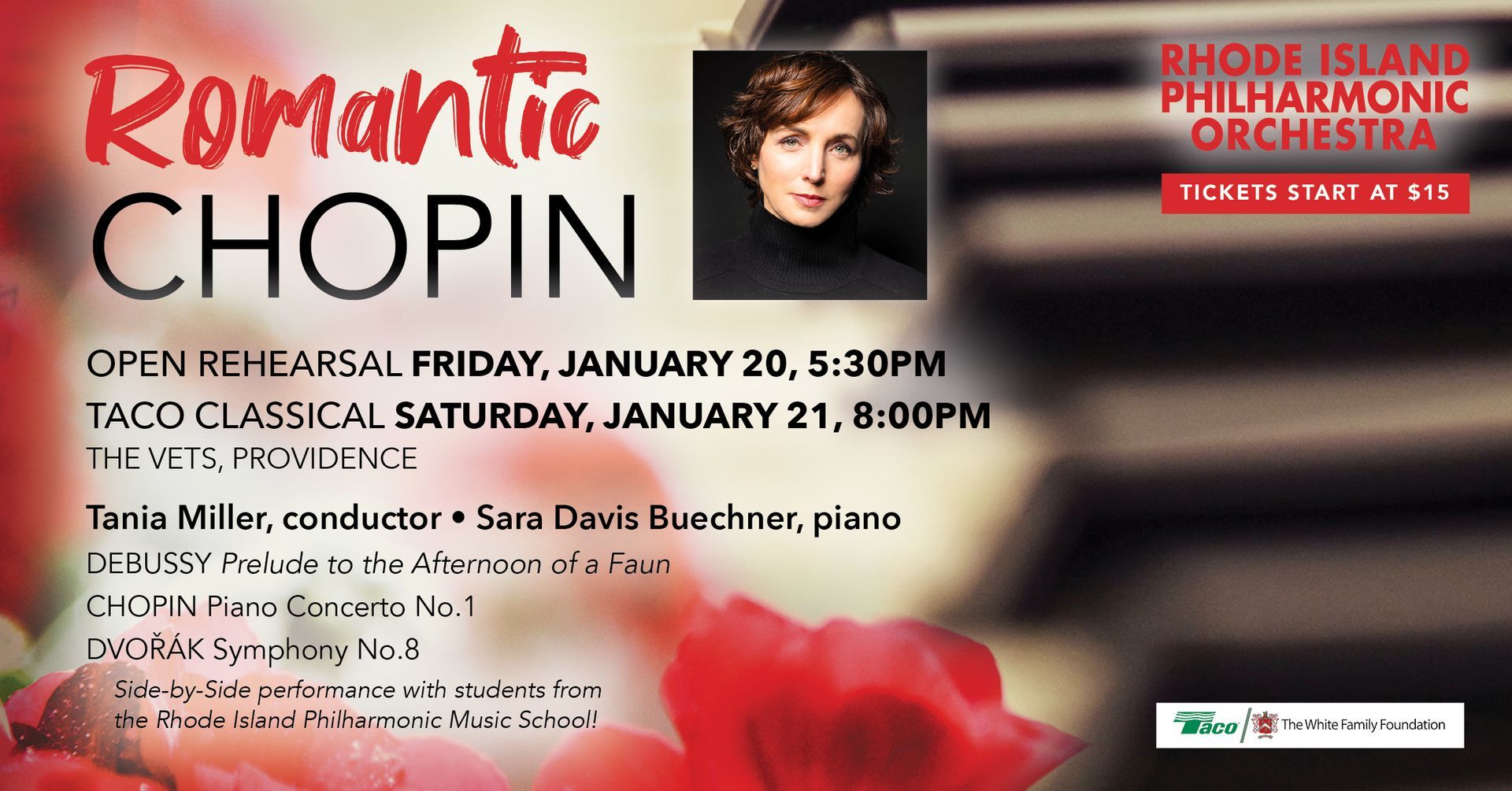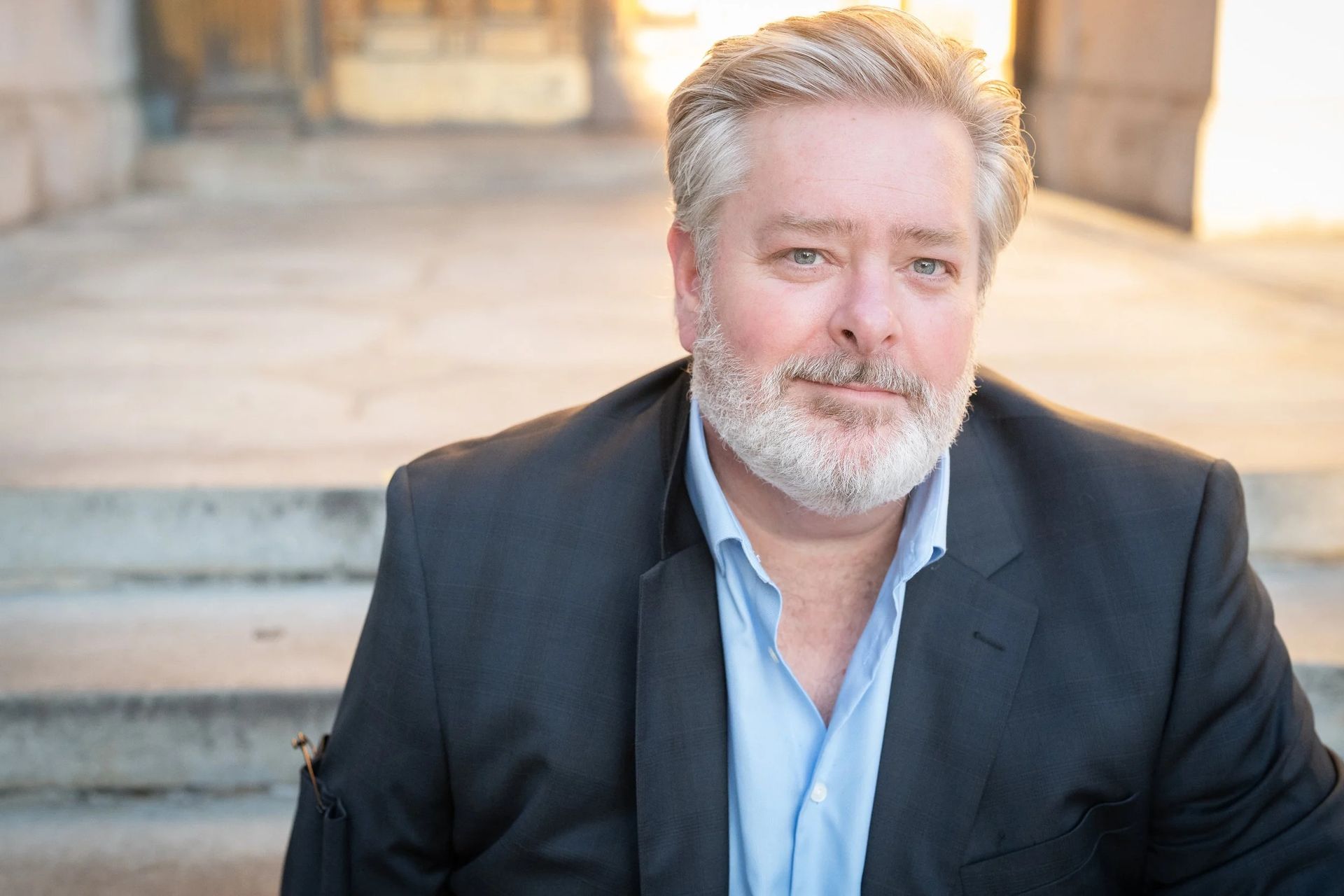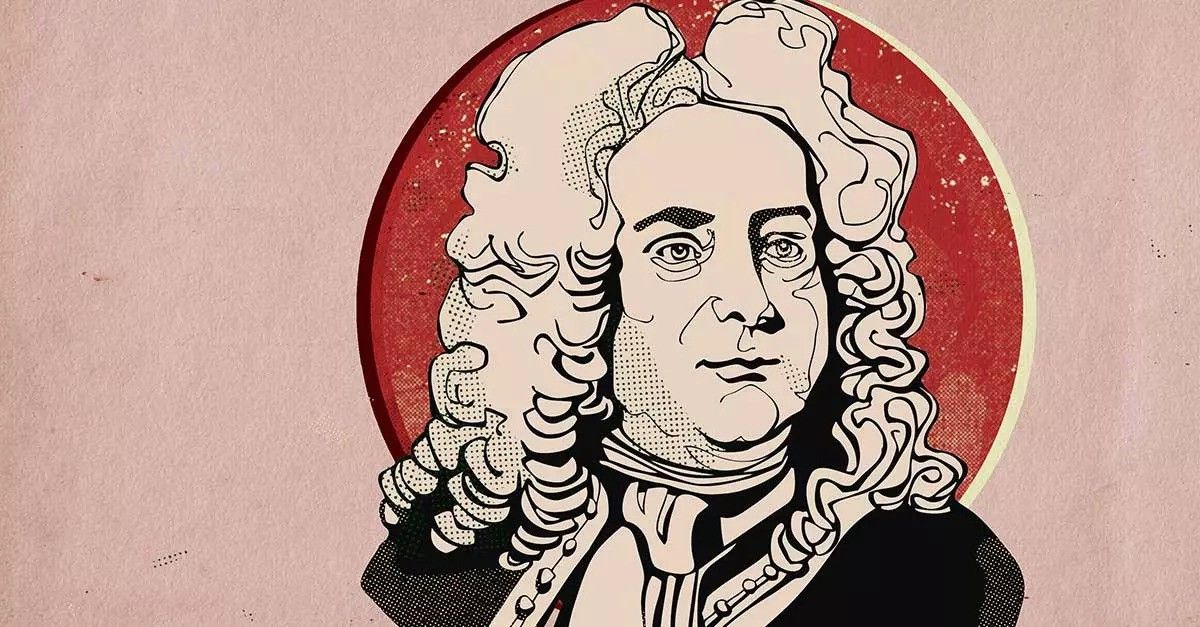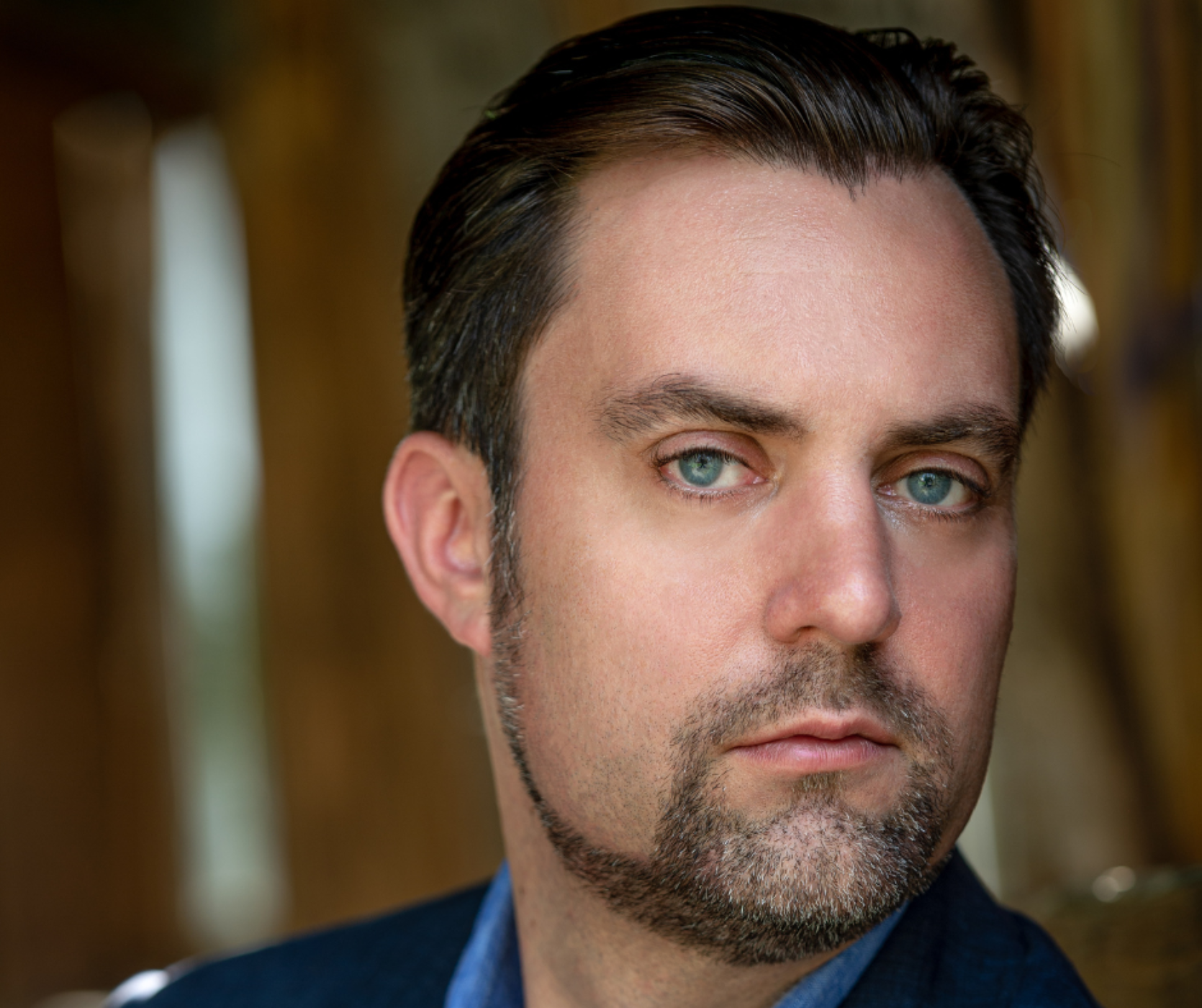THE STORY BEHIND: Chopin's Piano Concerto No.1
Share
On January 21, Tania Miller and the Rhode Island Philharmonic Orchestra will present ROMANTIC CHOPIN with pianist Sara Davis Buechner.

Title:
Piano Concerto No.1, op.11, E minor
Composer:
Frédéric Chopin (1810-1849)
Last time performed by the Rhode Island Philharmonic:
Last performed October 22, 1994 with Zuohuang Chen conducting and soloist Garrick Ohlsson. In addition to a solo piano, this piece is scored for two flutes, two oboes, two clarinets, two bassoons, four horns, two trumpets, trombone, timpani and strings.
The Story: The two piano concertos by Frédéric Chopin were works of his youth, written together in the year before his twentieth birthday. The E Minor Concerto was actually written second, but because Chopin’s publisher came out with it before the F Minor Concerto, The E Minor work was labeled No. 1. Like the music of Moscheles, Hummel, and other pianist-composers, the concertos of Chopin are works in the grand virtuoso tradition, intended as vehicles for the composer’s own concerts. This is both a fault and a blessing, for the rich piano part can occupy a much brighter spotlight than a fully balanced concerto would have allowed.
The first movement of the E Minor Concerto opens with a long twin exposition, the first part being for orchestra alone. Interestingly, the second thematic group is in E major in the exposition, but it returns in G major in the recapitulation. This is the opposite of expected key progressions and an original touch. There is no cadenza in the first movement (or in either of the following movements for that matter), but the piano part, which plays almost ceaselessly after it enters, is like a continuing cadenza.
The slow movement
Romance
is nocturne-like, a genuine character piece. As Chopin wrote to a friend, “It is intended to convey the impression that one receives when the eye rests on a beloved landscape that calls up in one’s soul beautiful memories — for instance, on a fine, moonlit spring night.” Muted violins enhance the moonlit image.
The Rondo finale brings a splash of Polish national flavor to the concerto. Its rhythm resembles the
Krakowiak, a popular dance of the city of Krakow, and the scales, ornamentation, and general nature of the themes are reminiscent of Polish folk or gypsy music. By contrast, the episodes between thematic statements emphasize the piano part in a sparkling, Chopinesque showcase.
Over the years, Chopin’s piano concertos have been taken to task for their faults, even among his most ardent admirers such as biographer Frederick Niecks, who wrote, “He lacked the peculiar qualities . . . requisite for a successful cultivation of the larger forms,” and, “How little Chopin understood the importance or the handling of those powerful levers, key relation and contrast,” and even, “Chopin could not think for orchestra; his thoughts took always the form of the pianoforte language.” However, what Chopin lacked in these areas he made up for with a personality and an originality striking enough to elicit from Robert Schumann the remark: “. . . a genius like Mozart, were he born today, would write concertos like Chopin and not like Mozart.”
Program Notes by Dr. Michael Fink © 2023 ALL RIGHTS RESERVED
Tickets start at $15! Click HERE or call 401-248-7000 to purchase today!







